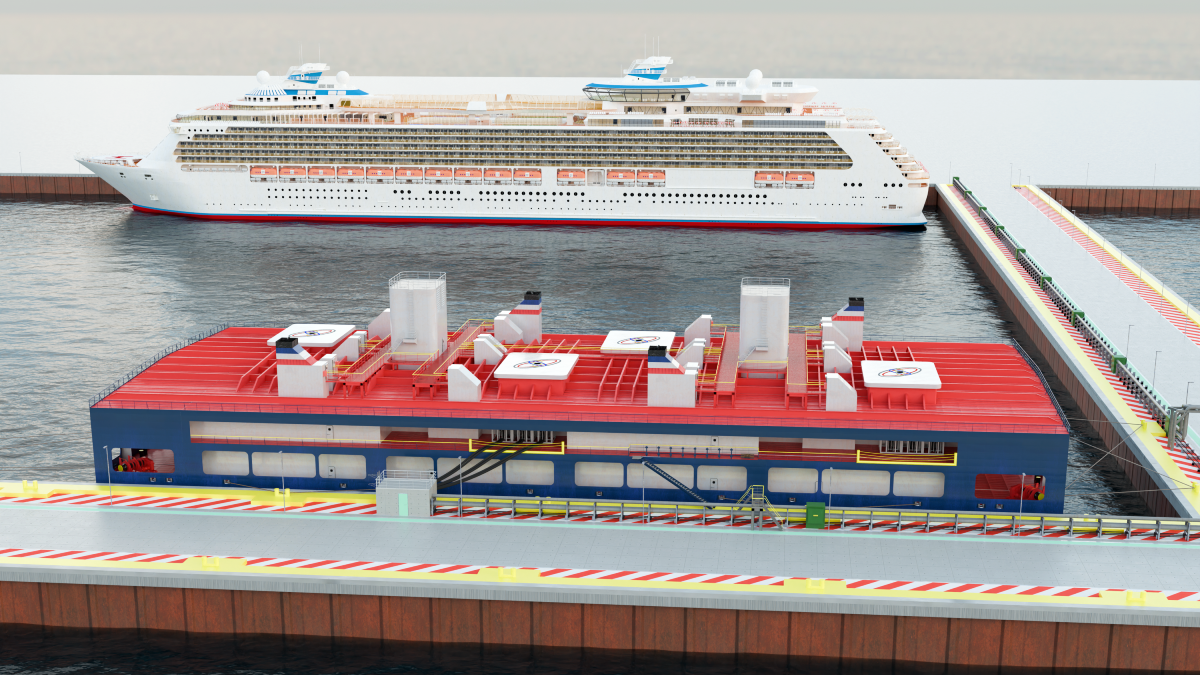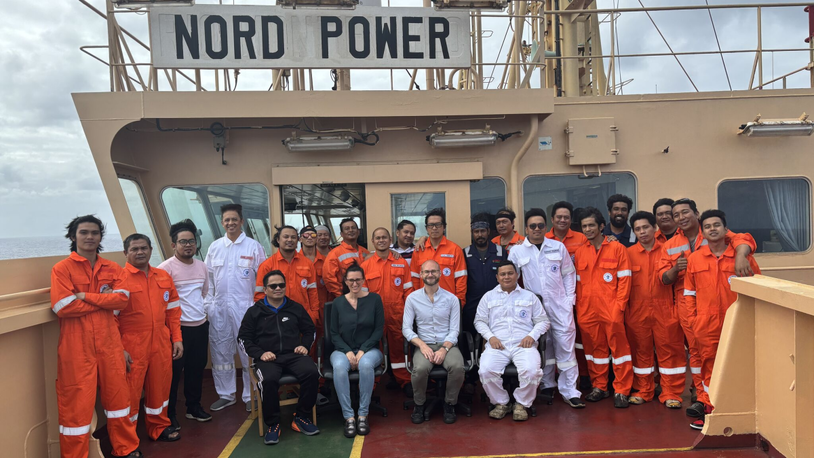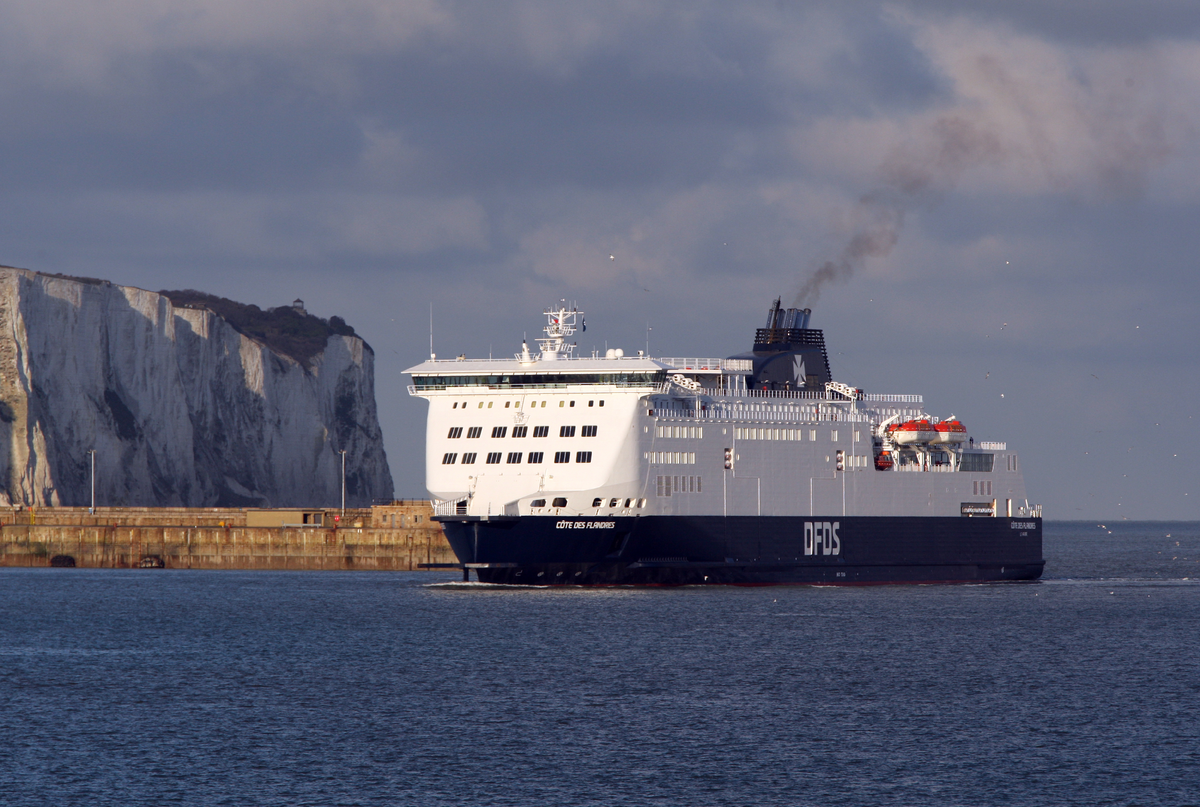Business Sectors
Events
Contents
Register to read more articles.
Nuclear: plugging into flexible floating zero-emissions power
A new study by ABS details a floating nuclear power plant concept that could provide zero-emissions shore power at ports
Renewed interest in the zero-emissions capability of nuclear power has led to the development of several commercial ship concept designs. While such concepts are intriguing, their path to commercialization is well in the future, particularly considering the geopolitical, social, safety and regulatory hurdles they would have to overcome.
For instance, the existing IMO code of safety for nuclear merchant ships, Resolution A.491(XII), would require a major revision, aligning it with advances in nuclear technology and evolving safety standards.
This does not mean, however, the maritime sector should not be actively exploring the potential of nuclear power.
As the American Bureau of Shipping’s new study, Pathways to a low-carbon future floating nuclear power plan, makes clear: “With advancements in nuclear engineering and the development of many types of advanced nuclear reactors, there are opportunities to implement the technology for commercial floating nuclear power plant (FNPP) applications.”
An FNPP could be the answer for ports such as Los Angeles/Long Beach that have net-zero goals and are under pressure to supply low-carbon shoreside power for cruise vessels and container ships that consume huge quantities of energy. According to the study, which was conducted in collaboration with naval architectural and engineering firm Herbert Engineering, a nuclear barge pumping up to 70 MWe of energy to the port’s electric grid would keep everything running on six cruise ships at once.
“Much must be done before an FNPP comes to a port near you”
“The ability to deliver the FNPP to its site location and connect to the local grid from the pier can ease many portside challenges of increasing available power for port operations”, summarises the study.
At this stage the FNPP, dubbed the Nuclear Navigator, is still just a concept, but advances in floating nuclear technologies are raising interesting possibilities for commercial shipping. And after all, as ABS points out, the US Navy has over 60 years of experience with zero-emissions nuclear power.
More specifically, the concept of the Nuclear Navigator is founded on a barge that would be towed and pier-moored, rather than anchored. The design is flexible enough to be adapted to a variety of ports and small enough to be transported to most places across the US. It has been designed with economy as a critical factor. The reactor itself is of the small, modular variety, designed to generate 10-300 MWe and would be factory-built to a standard design in the interests of economies of scale and licensing costs. Technically, it is a high temperature gas-cooled reactor with built-in safety and security features.
Allaying fears of a nuclear disaster, the Nuclear Navigator’s reactors can be quickly shut down in the event of an emergency and the heat contained within the system.
However, much must be done before an FNPP comes to a port near you; for instance, a nearby shipyard would need the radiological protection and other capabilities to conduct the five-year refueling process because it could not be done at the port itself. Also, there are no suitable reactors currently on the shelf. “The maturity of advanced nuclear technologies that may be implemented for an FNPP is currently low,” notes the study.
Related to this Story
Women in Maritime Today: Elin Saltkjel says no day working in maritime is dull
Events
Maritime Environmental Protection Webinar Week
Cyber & Vessel Security Webinar Week
The illusion of safety: what we're getting wrong about crews, tech, and fatigue
Responsible Ship Recycling Forum 2025
© 2024 Riviera Maritime Media Ltd.














